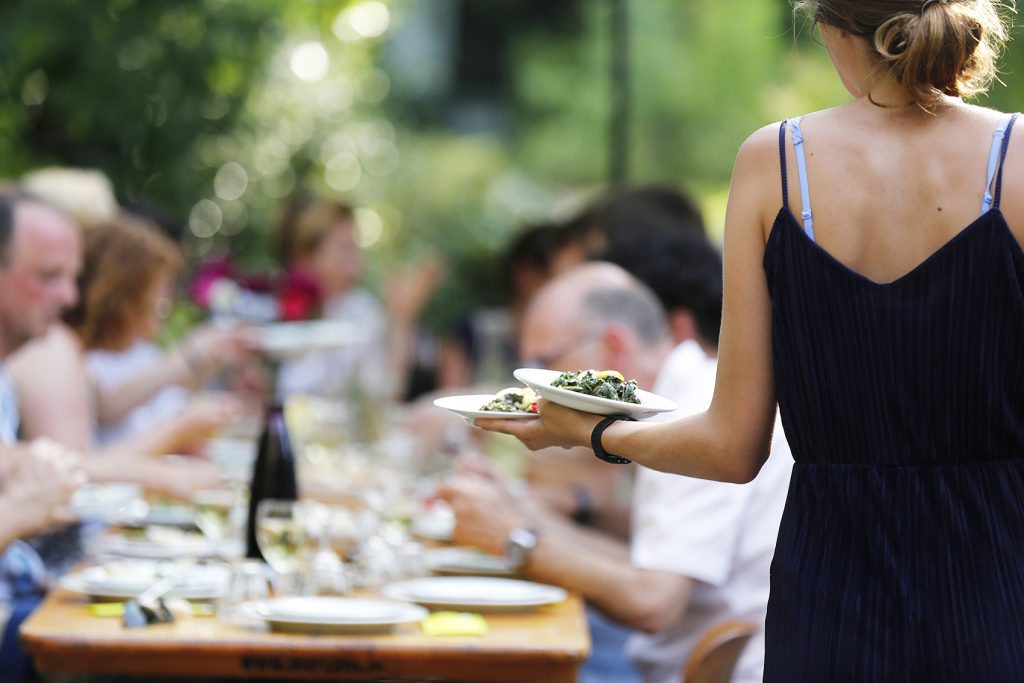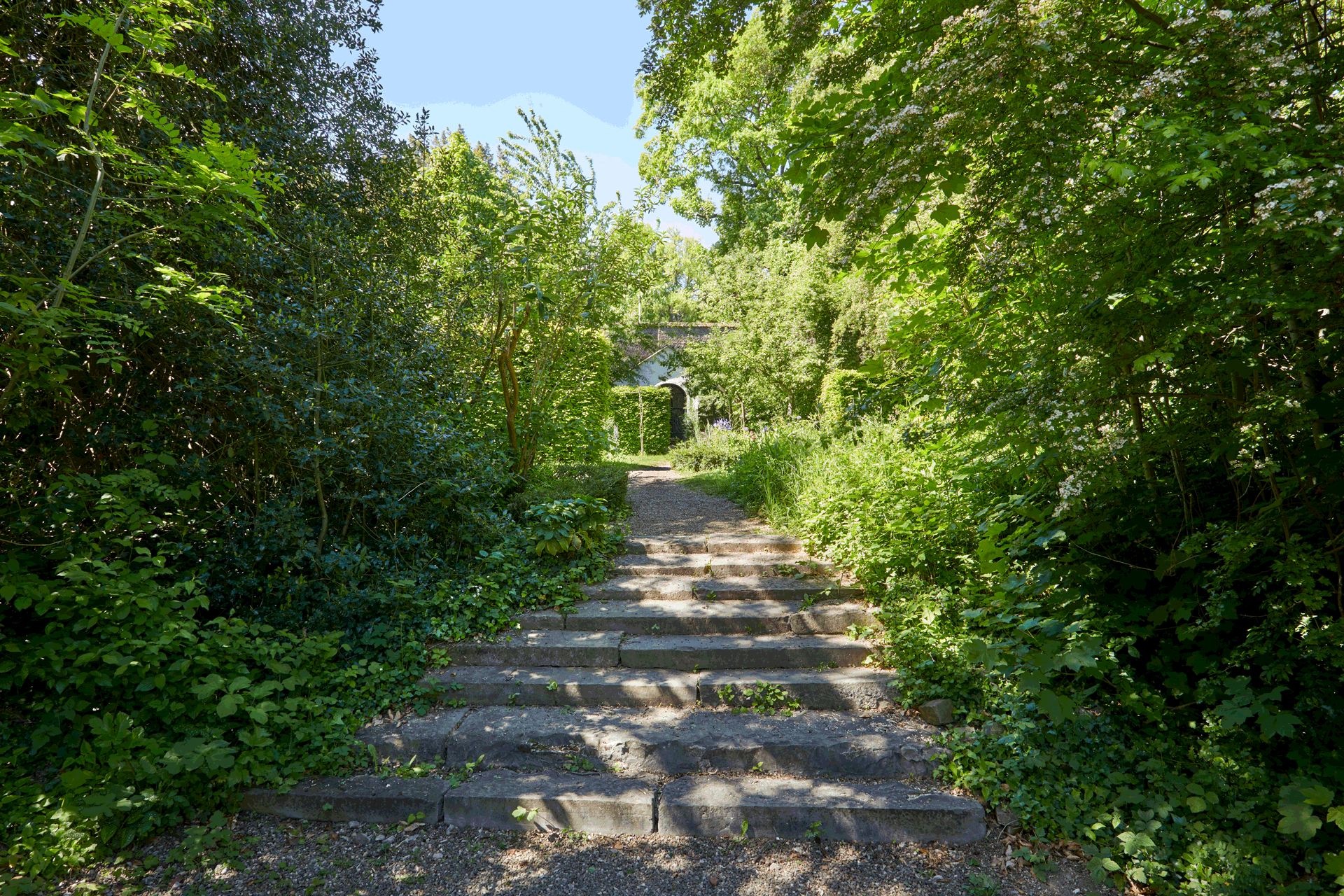
Escape from the city bustle in our freely accessible, lush city garden. Here you will also find Marres Kitchen and listen to art stories from The Invisible Collection.
Garden workshops
Marres’ wild city garden is home to a large variety of birds, insects, butterflies, and frogs as well as fruit trees, a vegetable patch, and an herb garden. Covering approximately 1,000 m2, it is the largest publicly accessible inner courtyard in the old center of Maastricht – a marvelous place to take a break and unwind.
This Summer, during the weekend of August 23 & 24, 2025, Marres invites you to join the Marres Garden Program, with a drawing workshop by Gladys Zeevaarders and a linocut workshop by Elisa Verkoelen (both in Dutch).
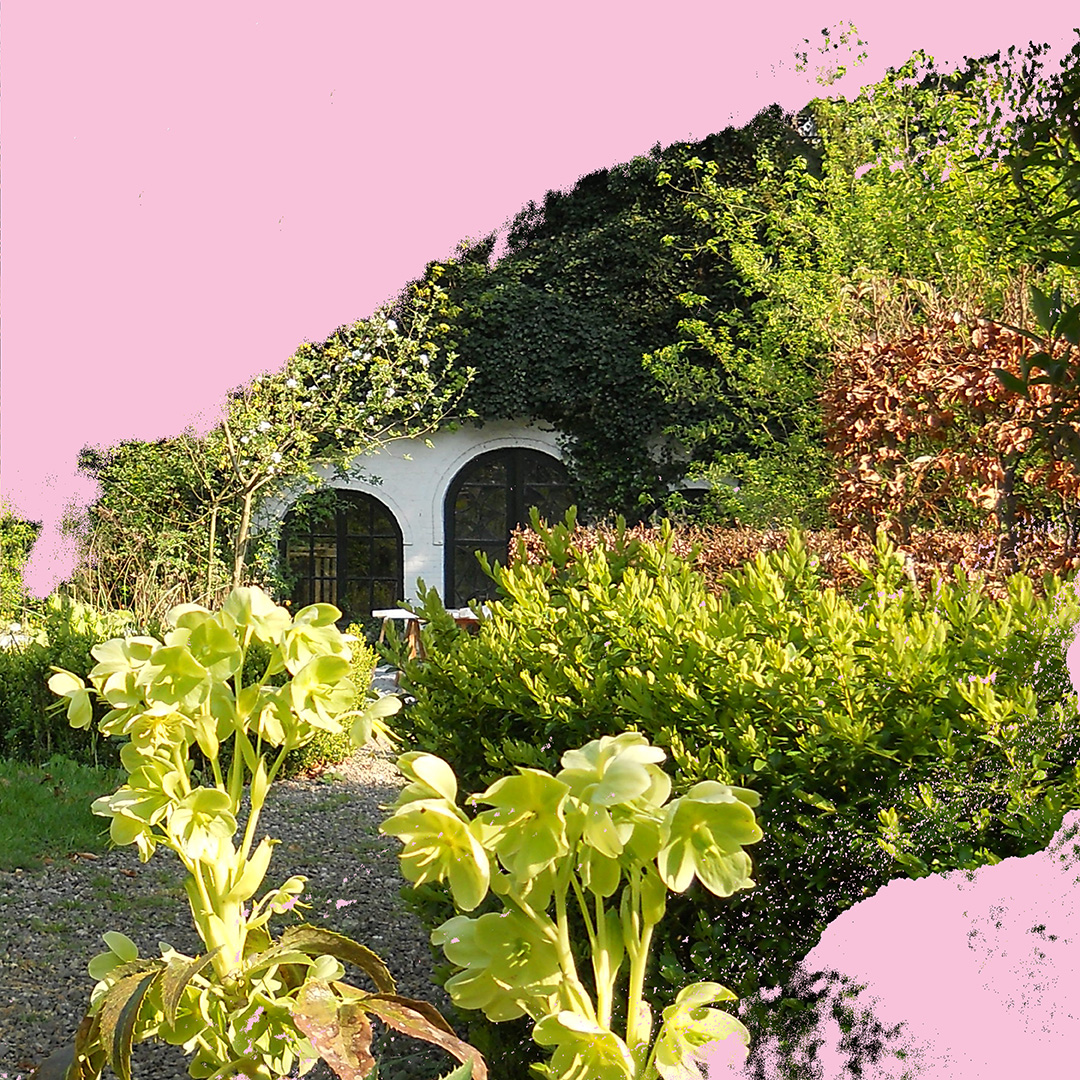

Photo: Rob van Hoorn
The Marres garden
Marres boasts the largest (approximately 1,000 m2) publicly accessible inner courtyard in the old center of Maastricht.
In our city garden you can have a picnic, pick fresh fruit or visit the monumental ice house. You can also find Marres Kitchen, a restaurant serving Mediterranean and Middle Eastern cuisine, here. Furthermore, in the city garden, you can attend performances and other events or participate in various workshops and activities regularly organized by Marres.
A selection of The Invisible Collection art stories is always available here.
The Invisible Collection
Listen to The Invisible Collection for free in Marres’ city garden, use your smartphone or listen via the podcast app. The Invisible Collection is an art collection of stories in which people talk about their favorite work of art.
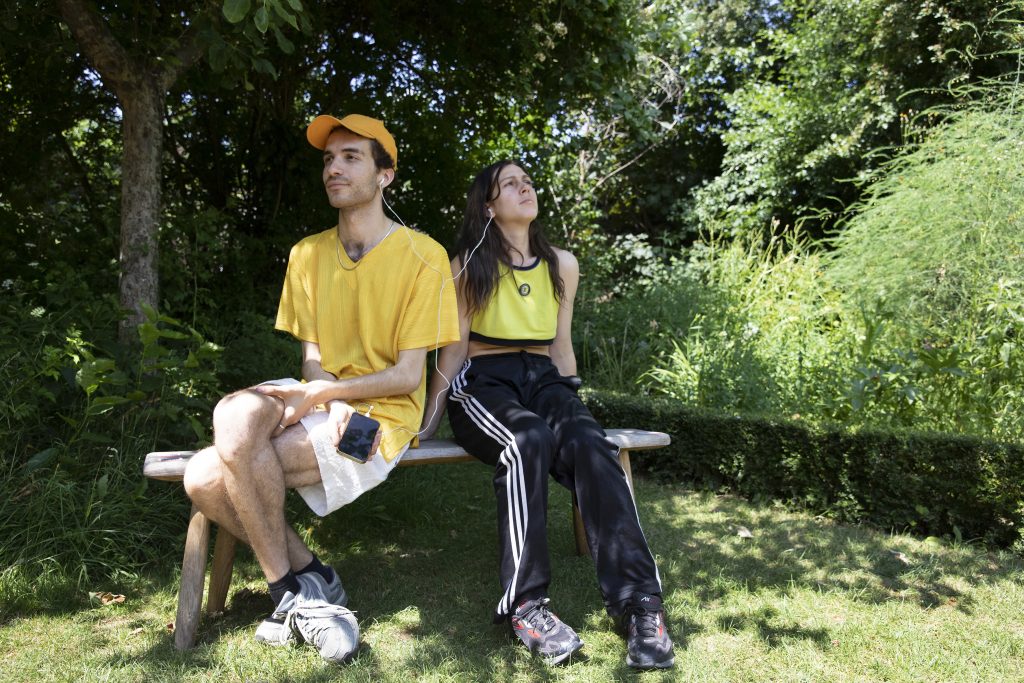


Unique flora and fauna
Marres’ wild city garden is home to a large variety of birds, insects, butterflies, and frogs as well as fruit trees, a vegetable patch, and an herb garden. Covering approximately 1,000 m2, it is the largest publicly accessible inner courtyard in the old center of Maastricht – a marvelous place to take a break and unwind.
Auricularia auricula-judae discovered
Auricularia auricula-judae, commonly known as wood ear, jelly ear, or more historically, Jew’s ear, is a fungus that grows, among other places, on the bark of large living or dead elderberry trees and thrives in shady locations with high humidity. Here in the Marres garden, the fungus was discovered on a butterfly bush. According to gardener Hans Engelbrecht, this is very extraordinary.
The fungus is associated with Judas Iscariot because of the belief that he hanged himself on an elder tree after his betrayal of Jesus. The medieval Latin name auricula Judae (Judas’s Ear) matches the vernacular name in most European languages, such as the French oreille de Judas, or the Dutch Judasoor. The mistranslation “Jew’s Ear” appeared in English by 1544.
Podcast
In this episode, you can listen to a (Dutch) interview by Petra Quadvlieg with Hans Engelbrecht, who is responsible for the development of the Marres city garden.
Hans Engelbrecht is an ecological gardener who weaves cultural history, ecology, and the environment together in an aesthetic manner. Petra Quadvlieg is a journalist and writer. She recently published the book “Je hond eet je niet op” (“Your dog won’t eat you”).
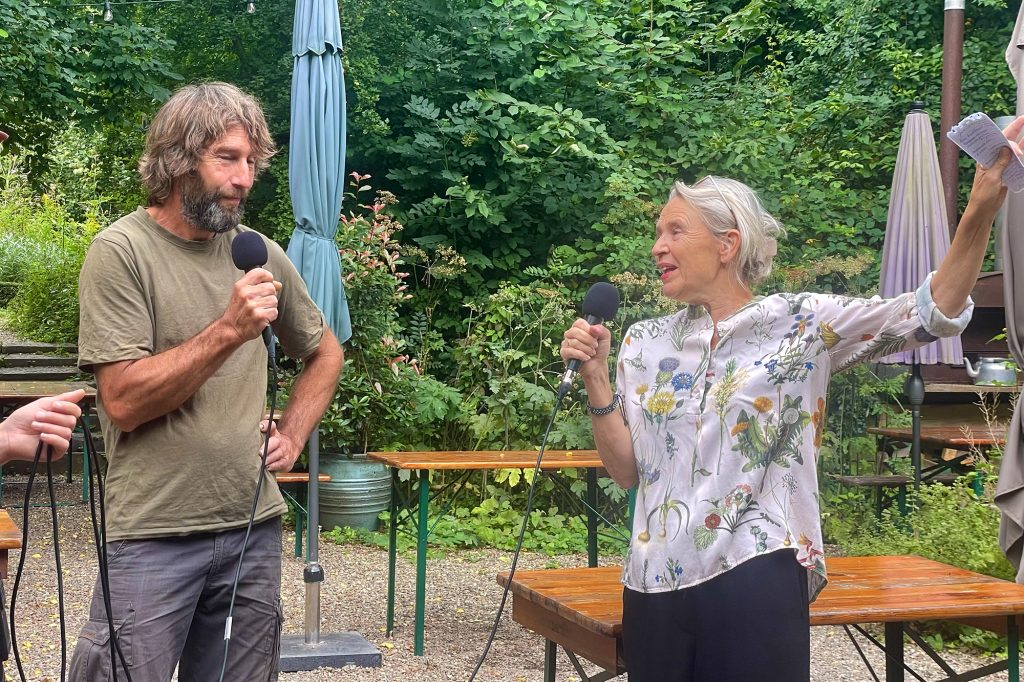
Marres Kitchen
Open Tuesday to Sunday:
12:00 – 17:00
18:00 – 23:00
Closed on Mondays
Closed from December 23, 2024, through January 6, 2025
To reserve a table, call +31 (0) 6 13 33 35 83.
Starting in January 2025, when booking a table for dinner, you can choose from two time slots:
– from 8:30 PM to 11:00 PM
– from 6:00 PM to 8:15 PM
Only in case of large groups (ten people or more), mail to marreskitchen@marres.org.
